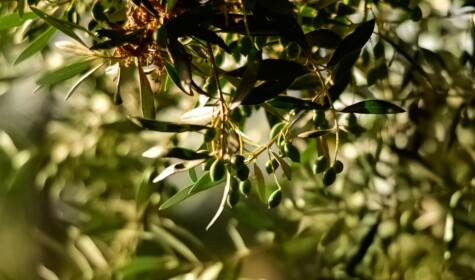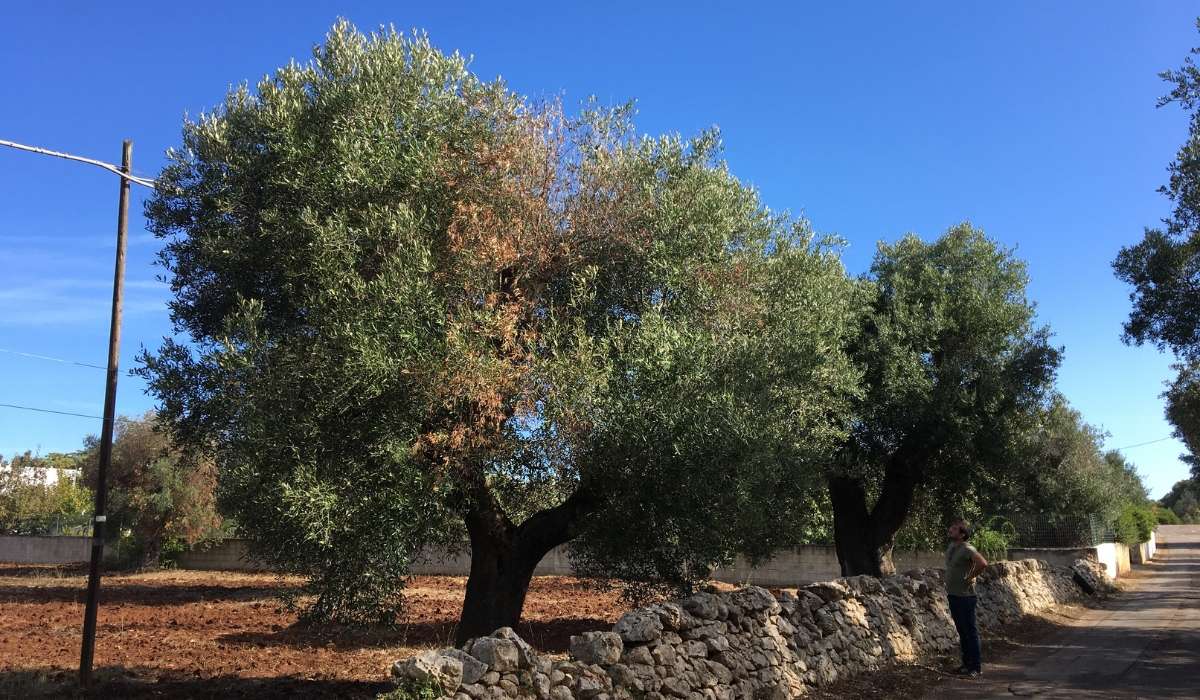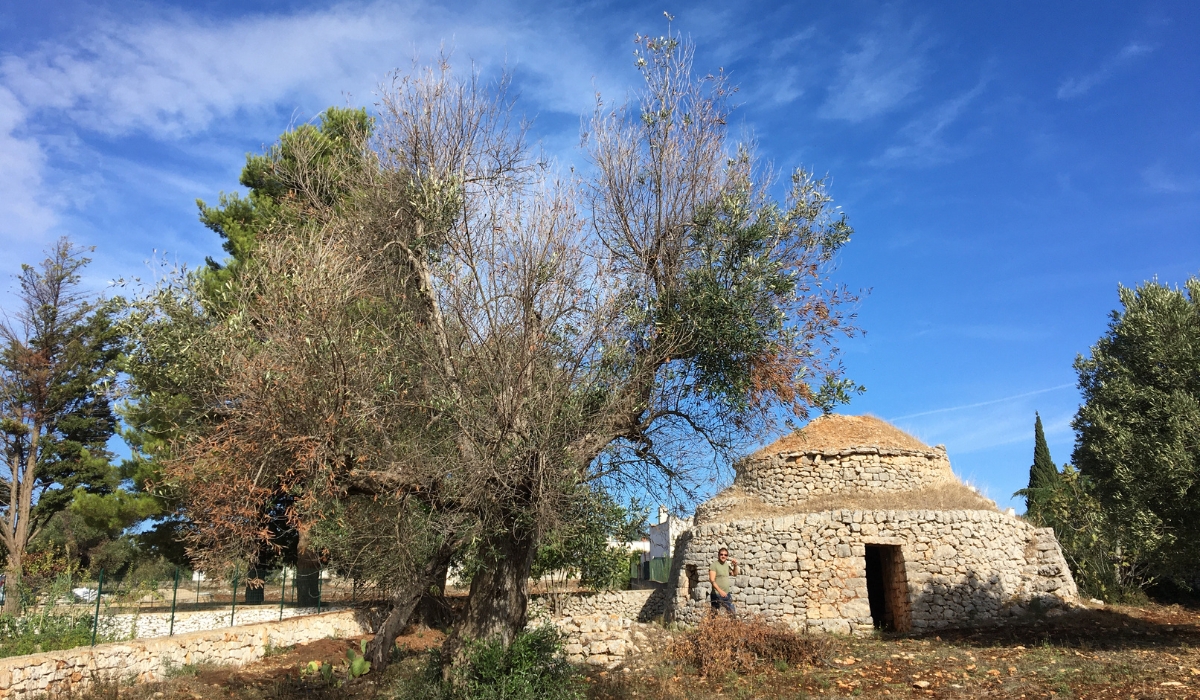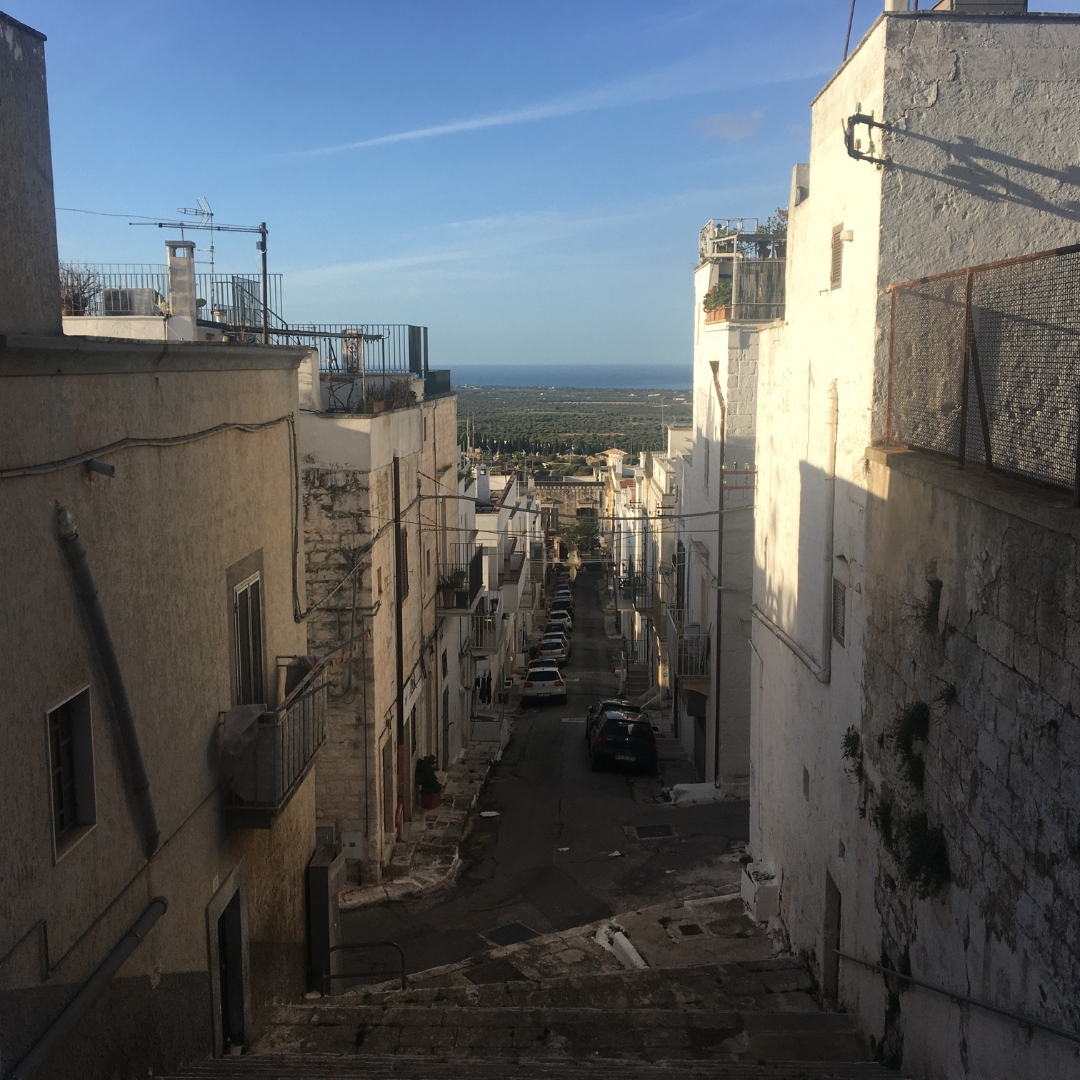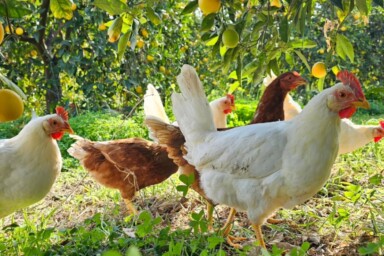Trees showing ‘rust’ are a potential early sign detecting xylella infection
Big production, small scale
Following another year of heat waves in Spain and the ongoing Xylella fastidiosa outbreaks, the global price of olive oil has been at historically high levels throughout the first half of 2024. In both cases, the vulnerability of relying on intensive, yield-driven conventional monocultures has become plain. The current situation is tough, yet the fallout could end up bringing positive changes – especially if it can help to rebalance the supply system, encouraging smaller, more sustainable producers to compete in a way that, until recently, has been economically unfeasible.
Italy is one of the world’s top olive oil producers, and Puglia is (by far) Italy’s largest olive oil-producing region. Even in the years since the arrival of Xylella fastidiosa in the region, Puglia has continued to produce around half of Italy’s total olive oil output, amounting to approximately 15% of total worldwide production.
But although Puglia is a major producer in the olive oil industry, it is not a major industrial producer. There are certainly some big operators, but Puglia doesn’t have the same kind of regimented, large-scale, often state-run systems of other major olive producers like Spain, Tunisia, Turkey and Morocco. Instead, Puglia’s olive sector is largely made up of small and medium-sized growers, many of them harvesting from simple family plots. Between them, these plots contain a huge number of different varieties, many of them planted alongside other species (especially fig and almond). Some trees are over 1000 years old, gnarled and unruly, while others are small, trimmed and spindly, planted in the past 10 years. This diversity ensures a relative degree of resilience within Puglia’s olive industry.
However, there is one factor working against this resilience: the disappearance of people from the landscape.
Diversity and defence
The spread of Xylella fastidiosa is visibly much worse in some parts of Puglia than others. The regional government has a shifting system of red, orange and green ‘zones’, according to the risk and spread of the bacteria in that area. But the designation of these zones can be arbitrary. Even within one geographical area, the impact of the bacteria can be significantly different from one grove to the next, and even from one tree to the next.
“There is no one biological reason why one grove or tree might be more impacted than another,” says Nando Stefano, an olive farmer just outside Lecce. “Various natural factors could come into it: the genetic variety of the olive tree, the temperature and weather patterns of the local ecosystem, the structure of the soil or the slope of the land, for example.” However, he says that there is one factor that almost certainly dictates how good or bad the impact of Xylella fastidiosa can be on the trees: the presence of people.
